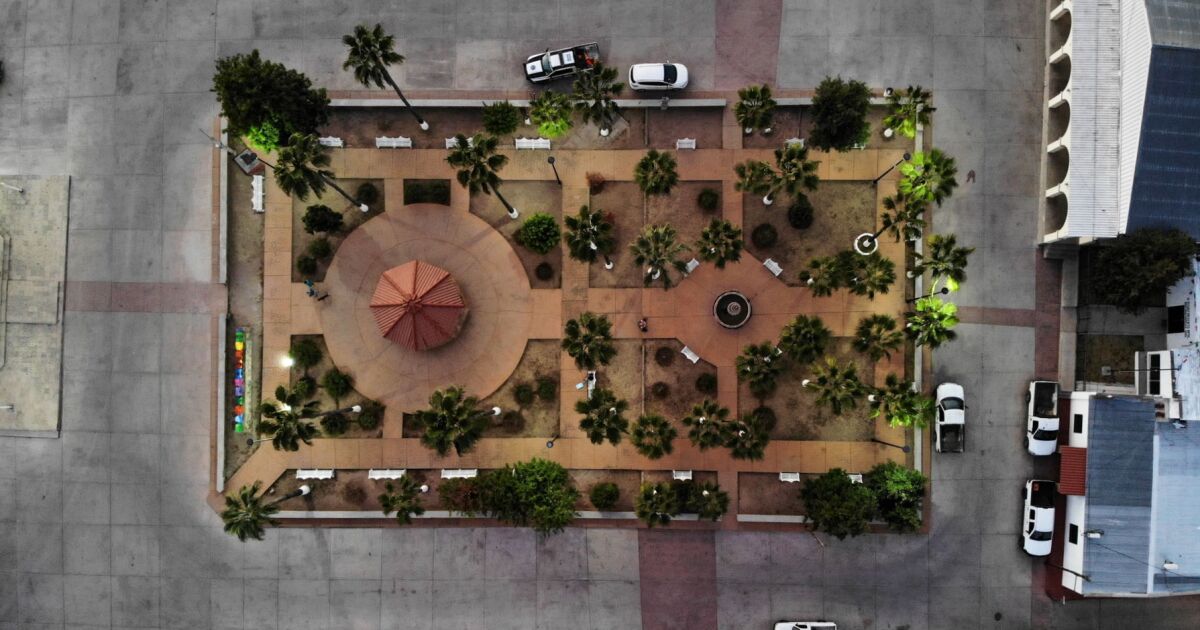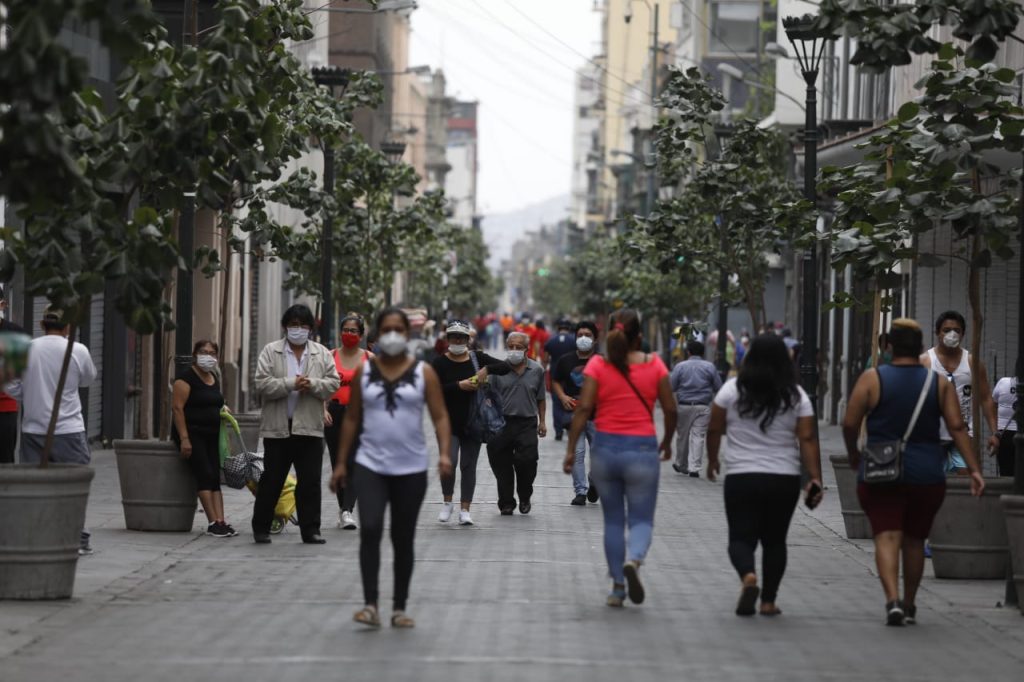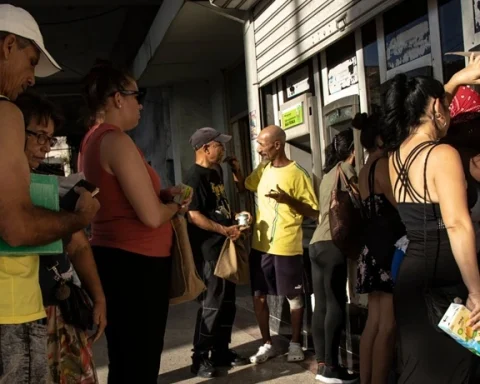Coahuila followed, which fell from $1.201 billion to $392 million, meaning it fell 67.4%.
In Nuevo León, boasted on several occasions by its governor, the MC member Samuel García, as the most attractive state, its FDI also decreased by 15.4% from 2,725 million to 2,304 million.
The only two border states that increased their foreign investment were Baja California and Tamaulipas. The former captured 1,809 million dollars in the first half of 2024, 18% more than the same period in 2023, when it was 1,535 million. Meanwhile, Tamaulipas reported an FDI of 342 million dollars between January and June 2024, a slight increase of 2.7%.
Although historically the entities on the northern border capture a large part of the FDI thanks to the manufacturing sector and their proximity to the United States, greater dynamism was expected with the nearshoring, which began to gain relevance after the Covid-19 pandemic.
Banco de México identified that the metropolises with the greatest propensity for relocation are located mostly in the northern region, such as Saltillo, Juárez, Tijuana, Reynosa, Monclova, Mexicali, Ensenada, Hermosillo, Chihuahua, Matamoros, Nogales and Tampico, all belonging to the border states.
The Mexican Institute for Competitiveness (IMCO) agreed that the northern states and their metropolises are better prepared to attract investments due to this phenomenon, since their proximity to the United States means they have better working conditions, greater trade openness, innovation and diversification of sectors.
The Ministry of Economy also identified that among the 15 entities that accounted for 75% of investment announcements in the first half of this year, there are only three border states.
In third place is Nuevo León, with 9% of the announced foreign investment, Coahuila in fifth, with 5% and Baja California in ninth, with 4%.
What about the
nearshoring?
The consulting firm Bain & Company pointed out that one of the main obstacles to realizing the potential of nearshoring In Mexico, it is its infrastructure, since despite its strategic location, the country’s logistics and transportation works are lagging behind compared to other countries, and have even deteriorated since 2018.


















